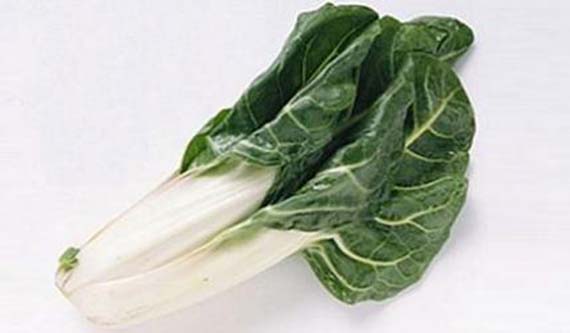
As our crop calendar, it is the moment of the chard. This vegetable, already planted by the Greeks in the XNUMXth century BC, is from easy cultivationIt is practically free of pests or diseases and can be harvested throughout the year. However, its sowing period ends in October, as soon as the cold begins, to avoid being affected by frost. So it is time to plant chard if we want to enjoy its leaves in winter.
Swiss chard (Beta vulgaris) belongs to the same family as spinach and beets, the quenopodiaeas. It is a biennial plant that develops the leaves during the first year of cultivation and, in the second, the flowers. Contains Vitamins A, C and K. It is rich in minerals, especially in potassium, calcium and magnesium, which helps prevent osteoporosis. Its consumption contributes folic acid y Flavonoids to the body, which help prevent cancer. Due to its high content in fiber, has laxative and digestive properties. To enjoy all its benefits, it is recommended that the shortest possible time elapse from harvest to consumption.
Chard reaches a considerable size and an extensive root system, so you will need a lot of space: in flower pot, about 25 l. substrate; in cultivating table, a separation distance between seedlings of 40 to 60 cm. Dense plantings can also be done in order to harvest tender plants, although this is not usual.
When it grows, we can consume it by leaves, cutting the exteriors and only those that we will need. It will be enough with one or two plants to supply our garden for several months
They can be grown from seed or seedling. If we decide on seeds, we have to choose the autumnal sowing variety, more resistant to low temperatures. It is very easy to sow it in yogurt cups, with the bottom perforated, at a depth of 5 mm. We will use a soil for seeds, which is nothing more than a low compost substrate so that it does not burn the small roots. We will put several seeds to preserve only the one that best develops. The others, if they have sprouted, we pluck them to let the selected one grow strong. And once we have a small seedling, with 2 or 3 leaves, we will transplant it to the pot or growing table. You can start harvesting from 50-70 days, depending on the variety.
Regarding the cultivation associations, it is compatible with lettuce, cabbage, onion and garlic. We will avoid other vegetables from the same family, such as beets and spinach. As its roots extend so much, the plant ends up taking up a lot of space, so it is preferable to leave it alone in a pot or, on the table, associate it with other shorter cycles such as lettuce or radish.
As for the pests or diseases, usually does not present affections. The aphid can attack it, especially in spring, and in humid times with cool temperatures, the powdery mildew can infect the leaves.
More information - September Crop Calendar, The cultivation tables
Thanks for your really valuable information.
Thanks to you for following us! All the best